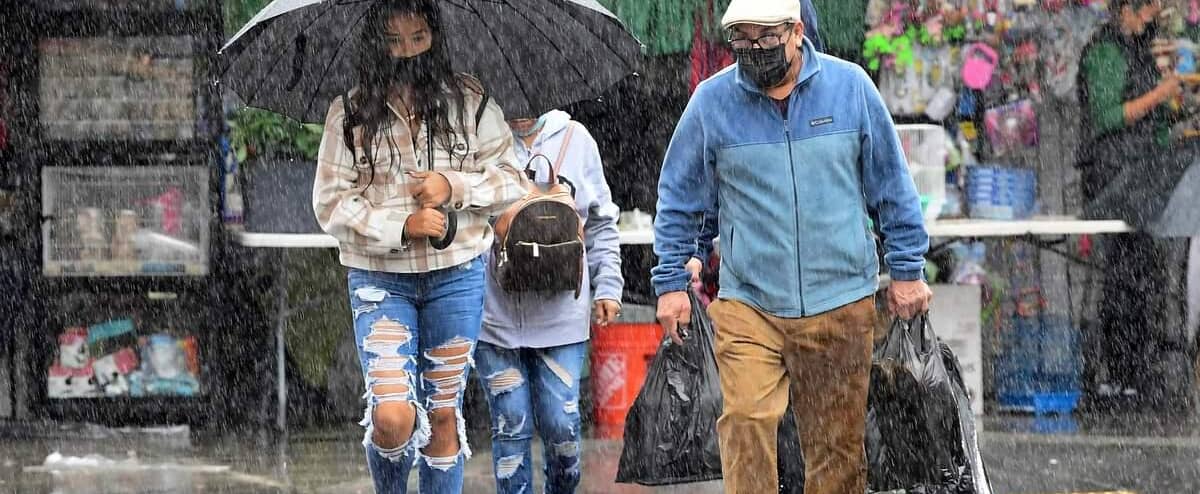Los Angeles, United States | Last Saturday, the California capital broke its record for days without rain, the next, Sacramento set a historic rainfall record: These extremes are more and more frequent in the American West and portend what climate change has in store for the rest of the world. . from the country.
• Read also: When science links climate change and disasters
• Read also: When the temperature becomes unbearable
“Look when you take a canary to a coal mine and you know the air is poisonous because the canary is dying?” “California is like a canary,” says Justin Mankin, a professor at American University at Darmouth.
For this researcher, California, the most populous US state that alone equals the fifth largest economy in the world, is a “critical indicator of a society’s ability to respond to this type of climate stress.”
Observed differences have always been part of California’s climate, but global warming has intensified the phenomenon. “We see very severe dry seasons with the risk of fires, droughts and heat waves, these very heavy rains are punctuated by mudslides, landslides and floods,” explains Mr. Mankin.
You only need to look at last-quarter data to understand the impact of this incisive weather: first emergency calls from authorities to provide water, then a wave of exceptionally heat-related deaths before the wildfires that have blanketed more than 10,000 square kilometers this year in California.
Some northerners have gone, resoundingly, from bushfire-related evacuations to roads cut by torrential rain this past weekend.
“inappropriate”
These differences have grown steadily over the past decade, and that should come as no surprise, notes Marty Ralph, director of the Center for the Study of Extreme Weather in the Western United States. This is “consistent with what the climate projections have indicated,” the San Diego-based researcher says.
Will California be able to weather such phenomena without damage? “I really don’t know. What I can tell from the weather events of the past few months is that Californians are not well suited to the kind of weather that’s in place right now, let alone what to expect,” says Mankin.
“It will be more difficult for the existing infrastructure to collect sufficient amounts of water during the shorter periods of rainfall,” says Marty Ralph.
The key for him lies in being able to better anticipate periods of heavy rain and in adapting canals and dams. “If we had a reliable forecasting system, we could release water before storms to help absorb floods,” he explains.
Heavy rains have ended the fire season, but not enough to resolve the chronic drought raging in the West.
The drought will continue next week. It’s like you owe $1,000 and earn $200, and you still owe $800,” confirms Justin Mankin.
For California, climate change is not a possibility, it is already a reality, he recalls, as world leaders prepare to meet on Sunday in Glasgow (Scotland) for COP26, an important conference to combat global warming.
“If we reduce our emissions (greenhouse gases) – which should be our immediate priority – we will prevent them from getting worse.” This will not prevent this from happening,” warns the researcher.
“What the best available scientific projections show is that the climate is changing. It has and will likely continue to do so,” adds Marty Ralph.
“It’s a very slow movement compared to human life. Globally, it’s in the blink of an eye.
See also…

“Extreme twitteraholic. Passionate travel nerd. Hardcore zombie trailblazer. Web fanatic. Evil bacon geek.”

